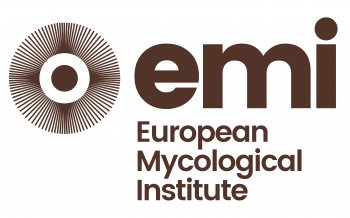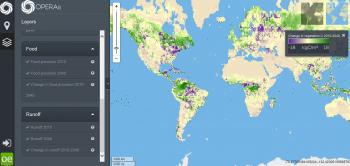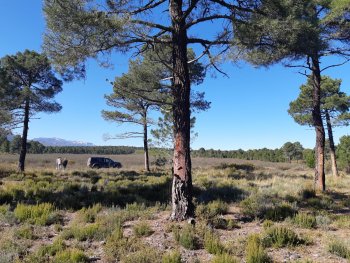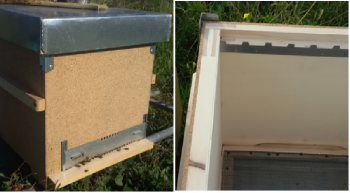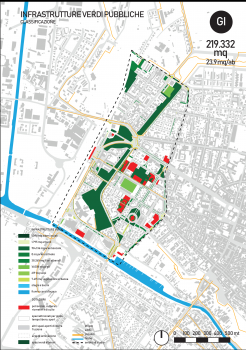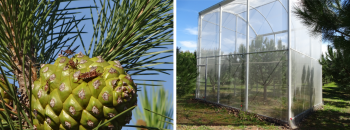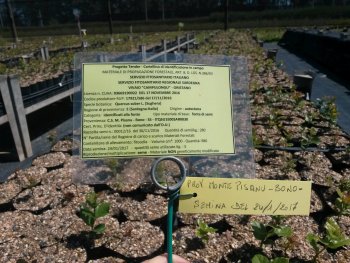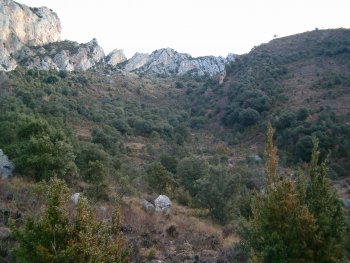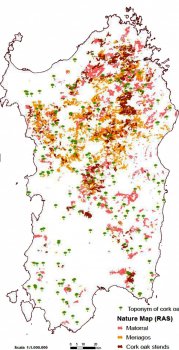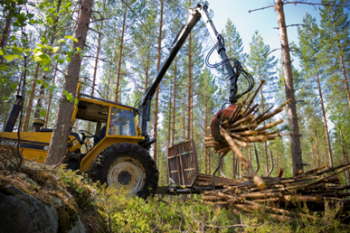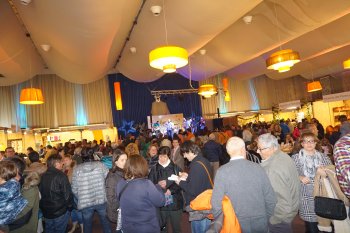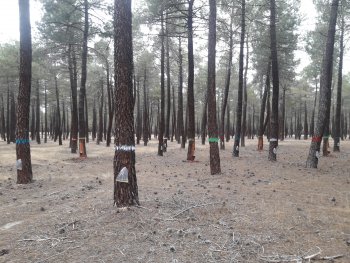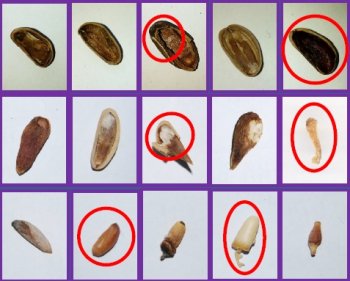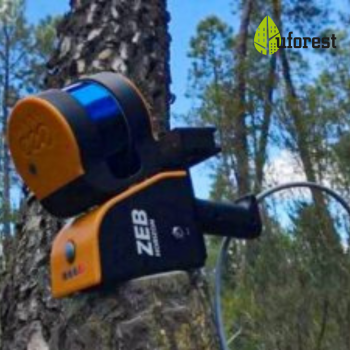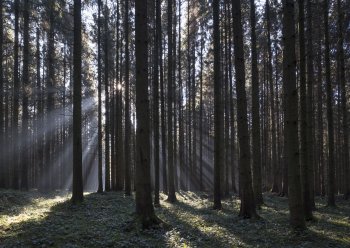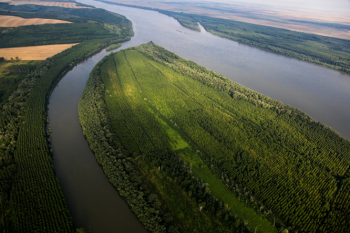Bar-HRM traceability of plants in food and medicine
Barcoding is an important tool towards the solution of traceability issues. Plant.ID is a collaborative network within Europe and addresses the challenges of plant identification in 15 different projects. We focus on common edible, poisonous, allergenic and pharmaceutical plants of the Greek flora. Through sequencing of barcoding regions and metabarcoding techniques, specific barcoding markers will be developed to be used either with PCR and/or with the High Resolution Melting Analysis for species-specific identification.


